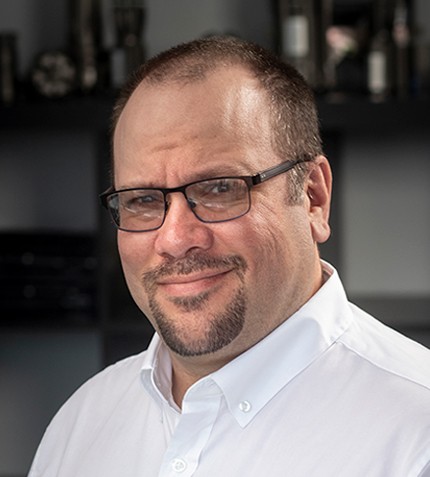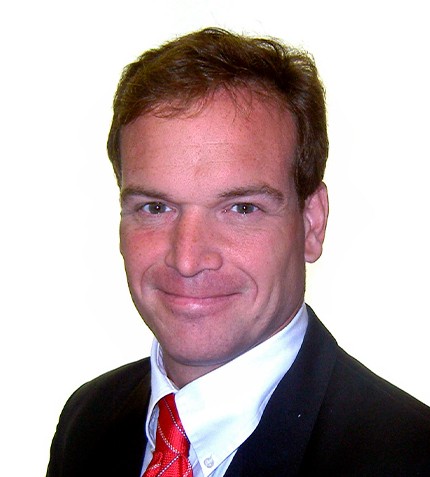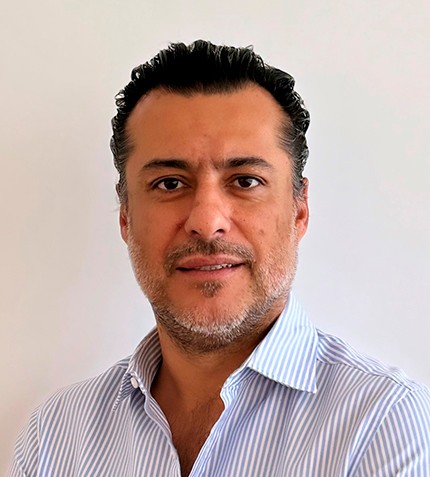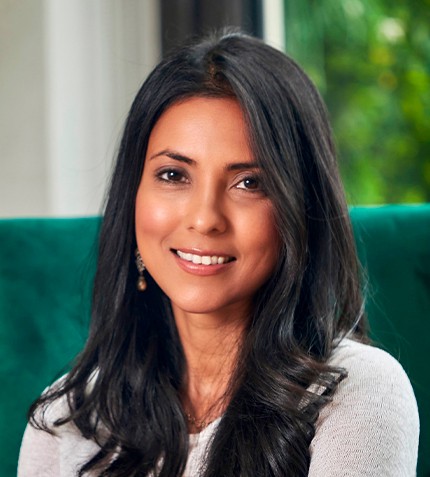
"At WOM we thought, let's challenge ourselves with a more systemic, sustainable, institutionalized way for mining companies and women entrepreneurs to come together and facilitate outcomes."
Heather Gamble
FOUNDER & CEO, WOMEN ON THE MOVE
After a career as a female entrepreneur, what inspired you to create Women On The Move?
Women On The Move (WOM) started as a business accelerator approximately six years ago. I saw that women from the corporate world were jumping into entrepreneurial ventures and, upon further research, I recognized that less than 1% of businesses owned by women ever reach US$ 1 million in revenue. That number is significant, because I believe it is a point at which companies reach a level of sustainability. Because the fail rate was so high, I thought to open up a co-working space that would equip female entrepreneurs with the training, tools, resources and networking needed to succeed. Some of the areas we addressed were around professional sales capacities, business development capacities and then one thing that we discovered is the ultimate lever for women entrepreneurs is selling in a b2b environment through corporate supply chains.
We discovered that many organizations in the US have committed a level of procurement with underrepresented groups in their supply chain, like women-owned businesses, for example. WEConnect is a great example of an organization that is positioned on a global basis and they develop relationships with companies like Walmart and Accenture, and those companies make a commitment. They may commit to procuring US$100 million dollars with women-owned businesses over the next five years. With that stated goal, they mobilize what they need internally and externally to feed that supply chain with opportunities for the underrepresented groups. At WOM we thought, let's challenge ourselves with a more systemic, sustainable, institutionalized way for mining companies and women entrepreneurs to come together and facilitate outcomes. That is why we recognized a new model needed to be created. Nothing like the Artemis project has ever been in existence and now we are executing on that model.
What were some of the key developments for WOM’s Artemis project in 2020?
Since closing our co-working space and making a commitment to focus on Artemis, the program has expanded from 20 members to 60 members. Another big accomplishment was that we gained our first industry sponsors, which enabled us to work with large mining companies. Previously, it has been very difficult for large companies to work with entrepreneurs on a one-on-one basis. Therefore, it is very difficult for any entrepreneur to break through that supply chain, and with women entrepreneurs there are even more barriers. Our direct clients, large mining companies, have told us that they absolutely need what these entrepreneurs bring, because first they bring innovation, diversity of thinking, approaches, and we are all common bonded around higher levels of ESG sustainability. Based on that, we developed some very positive outcomes with our mining clients, and they came to us in the fall and said they would really like to accelerate the expansion. They want to work with women in Brazil and Chile. As a result, over the past couple months, WOM has started its expansion into Latin America. We want to be able to help mining clients with their needs wherever they are operating.
Are we seeing a pipeline of talented female leaders positioned to move into leadership roles across the mining industry and its supply chain?
The evidence I see is that the representation of women within mining organizations is about the second lowest of all industry. That is referring to women on boards, senior women in leadership, as well as the total workforce. For example, most organizations are close to 50% female participation in their industry, but the mining participation is below 20% generally. I believe there is still a massive opportunity to bring in and really drive in a proactive fashion a diverse talent pool. We seek to stimulate diversity within the supply chain, and the supply chain is four times as large an ecosystem as all the mining companies put together. Therefore, we say we are bringing gender diversity to the supply chain because we can do it immediately. Today, less than 1% of large corporate supply chains procure with women-owned businesses and WOM is working to change these dynamics in the mining industry.










